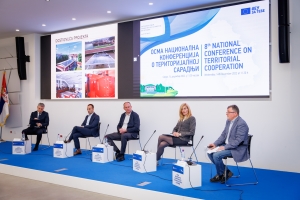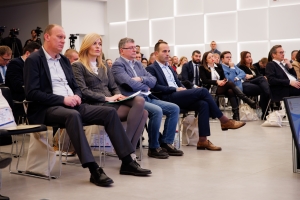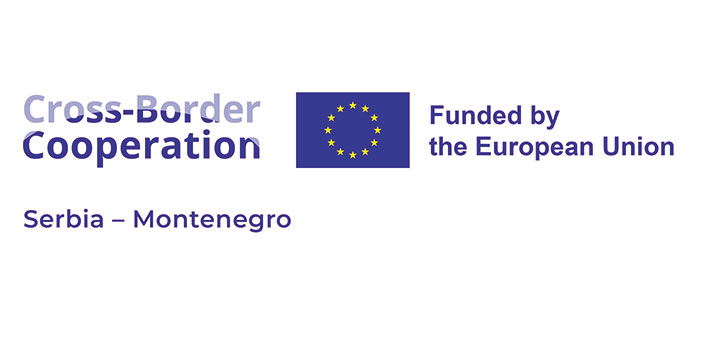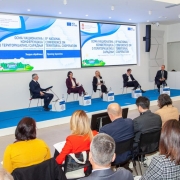The Minister of European Integration, Tanja Miščević, presented today the results of Serbia’s territorial cooperation programme with the countries of the EU and the region and pointed out that in the period from 2004 to 2020, the EU allocated about EUR 400 million for these programmes.
According to her, more than 1,600 projects were financed on the territory of Serbia, including the participation of more than 1,000 partners, and the programmes and results covered about 100,000 people.
At Eighth National Conference, held on 14 Decembe, in addition to the presentation of the results so far, the URBACT programme was presented as one of the ten future cross-border programmes in which Serbia has been participating since last year, and which will last until 2027. Miščević pointed out that cross-border programmes enable better preparation for what follows, as she says, which is EU accession.
“It is important to understand how we cooperate with the EU, how we improve our bilateral cooperation, but also how to prepare for what comes with the EU accession process and also after joining the community. It is important to see and recognise the potential from the implemented programmes, in order to include them in new projects,” said the minister. 
All these projects, added Miščević, contributed to citizens in many cities, surroundings and places, getting better utility and traffic infrastructure, to small and medium-sized enterprises improving their operations and providing more jobs, as well as to improving tourism.
“The restoration of cultural heritage buildings, the construction of bicycle paths, the restoration of museums, galleries, centres of culture, as well as the work on schools, institutions and hospitals through a large number of projects that contributed to the improvement of work in environmental protection, all of this is of great importance for local regional communities of states that are in the EU accession process,” said the minister.
The implementation of these projects in cooperation with neighbouring countries, Miščević points out, helped to solve common problems.
“Infrastructural projects and the renovation of cultural institutions contributed to the development of tourism in small and medium-sized local self-governments, and thus to the improvement of employment,” Miščević said.
In the second part of the conference, good practice examples of the territorial cooperation programme were presented. Among them is the project “Reducing the impact of local communities in the cross-border region of Serbia and Montenegro on climate challenges – WE CAN”, implemented within the Cross border cooperation Programme Serbia – Montenegro 201-2020, by Ibar Development Association “IDA” Kraljevo, Grijanje d.o.o. Pljevlja, Public Energy Company “Toplana” Kraljevo and the Center for Environmental Initiatives from Berane.











